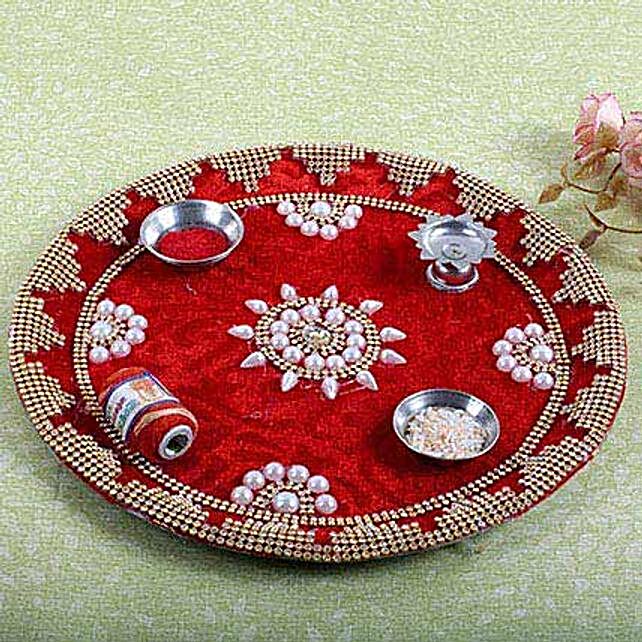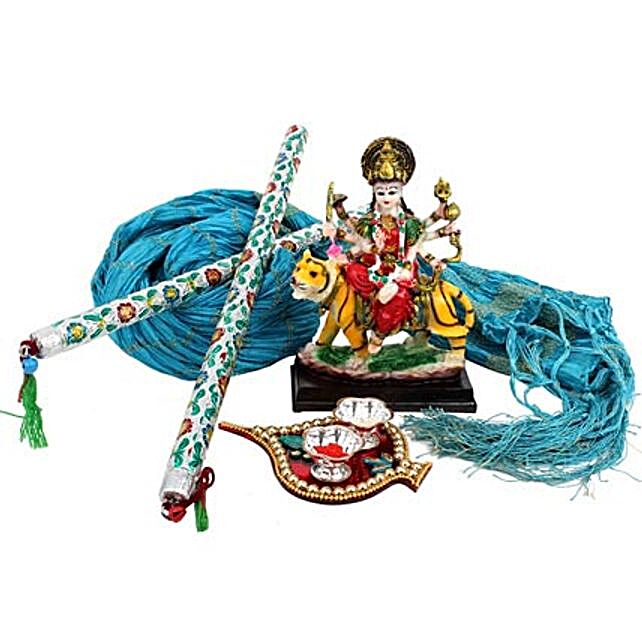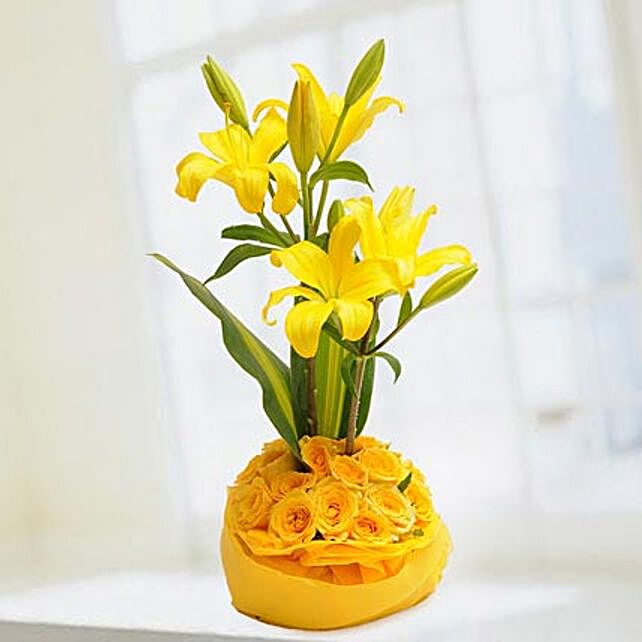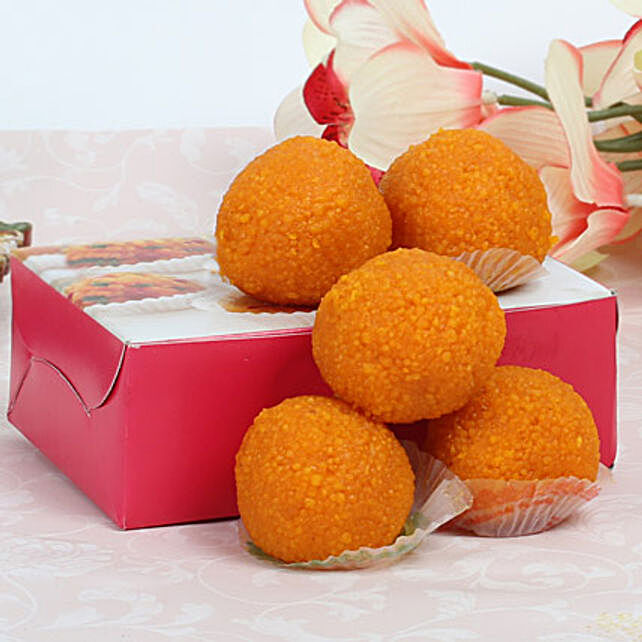How is Navratri Celebrated?
Most parts of India majorly celebrates Navratri in various forms backed by various reasons. Some people feast while some fast but all of them worship Goddess Durga. This celebration of Navratri includes stage decoration, pandal decoration, and cultural programs. The statues of the Goddess Durga are finally immersed in some water body on the 10th day that is known as Dusshera. Some also prefer to burn the statue and that marks destruction of evil forces for them.
In West Bengal, this Navratri is known as Durga Puja and is the biggest festival of this zone. Thousands of temporary stages called pandals are built in community squares, empty spaces, or roadside shrines and large Durga temples in West Bengal, Odisha, Jharkhand, Bihar, eastern Nepal, Assam, and Tripura and nearby regions. It is also observed by some Shakta Hindus as a private, home-based festival. Durga Puja festival marks the battle of goddess Durga with the shape-shifting, misleading and influential buffalo demon Mahishasura, and her emerging victorious.
In North India, innumerable Ram-Leela acts or events take place where the story of victory of Lord Rama over Ravana is enacted. In villages, this event is enacted in open-air and in urban locales, this is held in community centers or inside temples. This Hindu tradition of festive performance arts was inscribed by UNESCO as one of the "Intangible Cultural Heritage of Humanity" in 2008. The festivities, states UNESCO, include songs, narration, recital and dialogue based on the Hindu text Ramcharitmanas by Tulsidas. This Ramleela is particularly notable in historically important Hindu cities of Ayodhya, Varanasi, Vrindavan, Almora, Satna and Madhubani – cities in Uttar Pradesh, Uttarakhand, Bihar and Madhya Pradesh. On the 10th day, i.e., on Dussehra, the effigies of Ravana, Kumbhakarna, and Meghanada are burnt to celebrate the victory of good (Rama) over evil.
Another notable place where Navratri is celebrated with great enthusiasm is Gujarat. People fast for the nine days and dwell only on liquid. The prayers are dedicated to a clay pot called Garbo as a remembrance of womb of the family and the universe. The clay pot is lit and is believed to carry a soul. A cultural program is held each evening and the dance form that people perform is called Garba. People also hold competition for Garba Dance.
In Karnataka, Navaratri is observed by lighting up Hindu temples and cultural sites. Locally it is called Dasara, and it is the state festival (Nadahabba) of Karnataka. Of the many celebrations, the Mysuru Dasara is a major one and is popular for its festivities.
The people belonging to Hindu religion that migrated as servants during colonial era to various plantations and mines around the world, as well as those who migrated on their own, continued to mark their Navratri traditions.
The Tamil Hindus in Malaysia, Singapore and Thailand, have built Hindu temples in 19th century, and Navratri has been one of their major traditional festivals there. Similarly, in Trinidad and United Kingdom, Navratri is one of the most visible celebrations of the local Hindu communities from about mid-20th-century.






